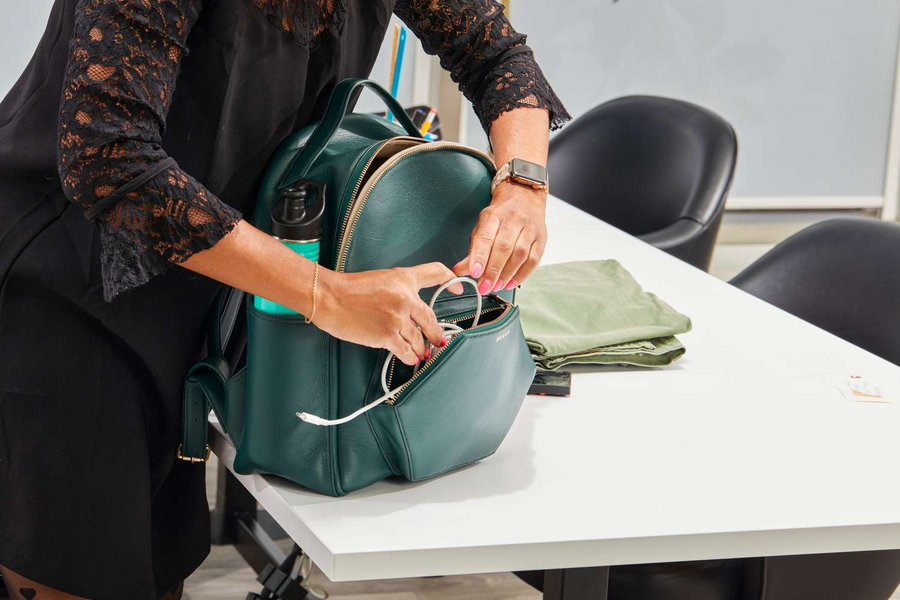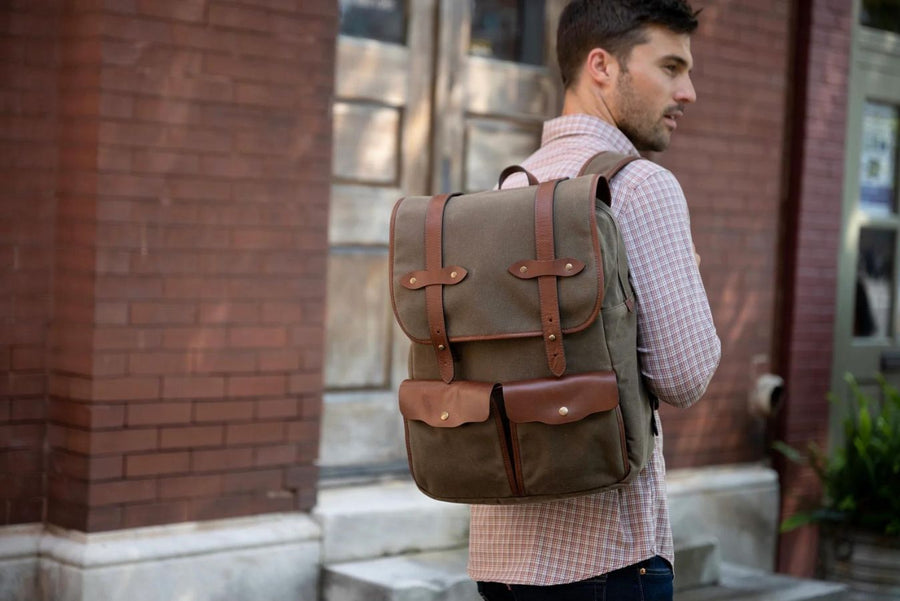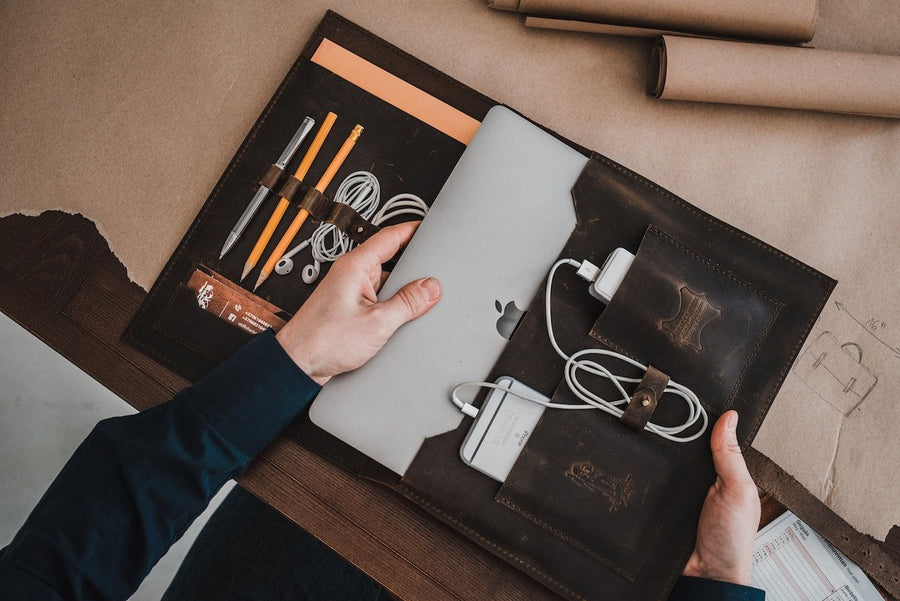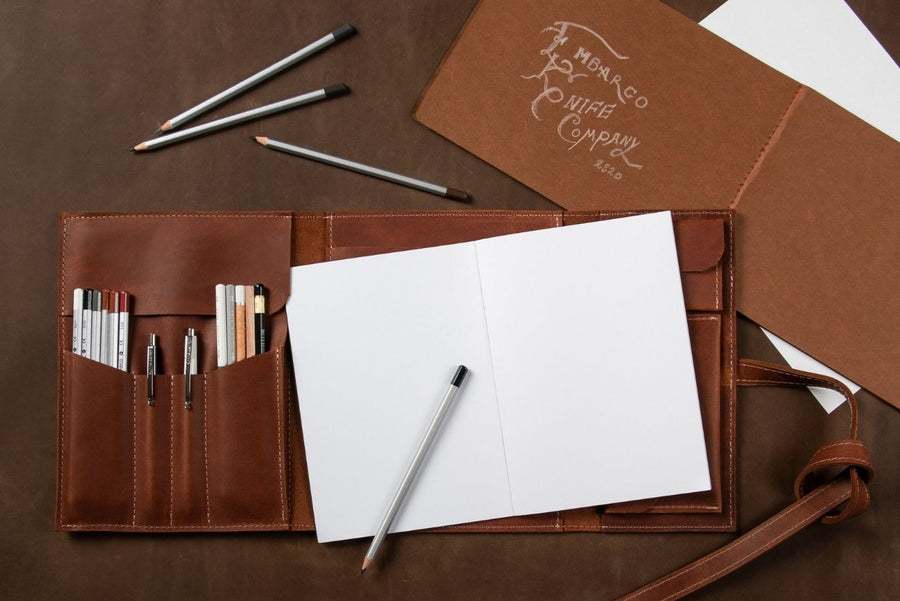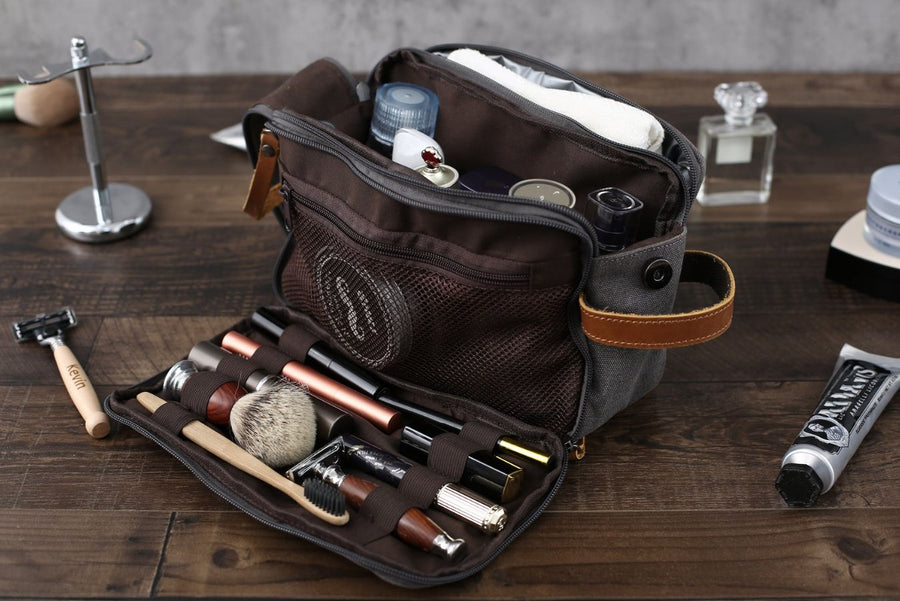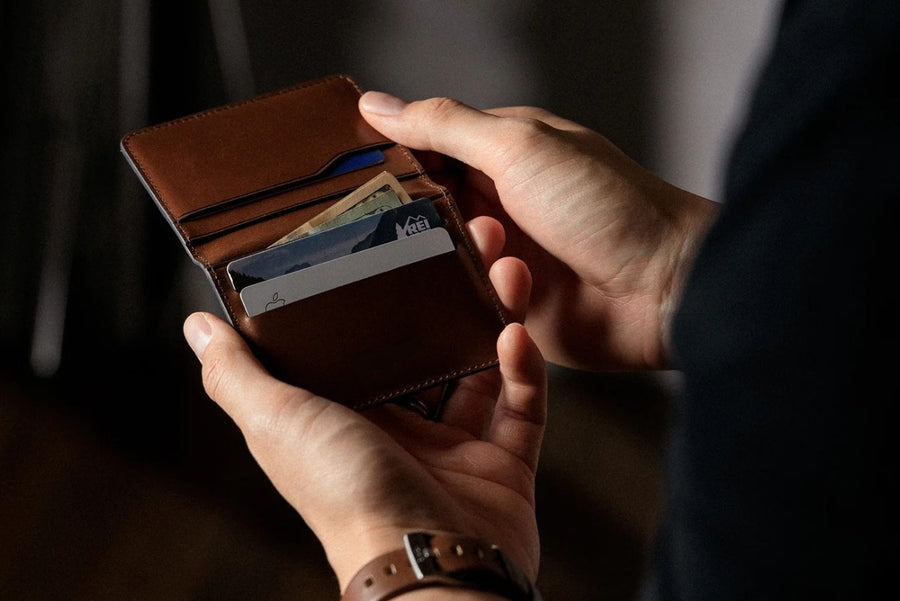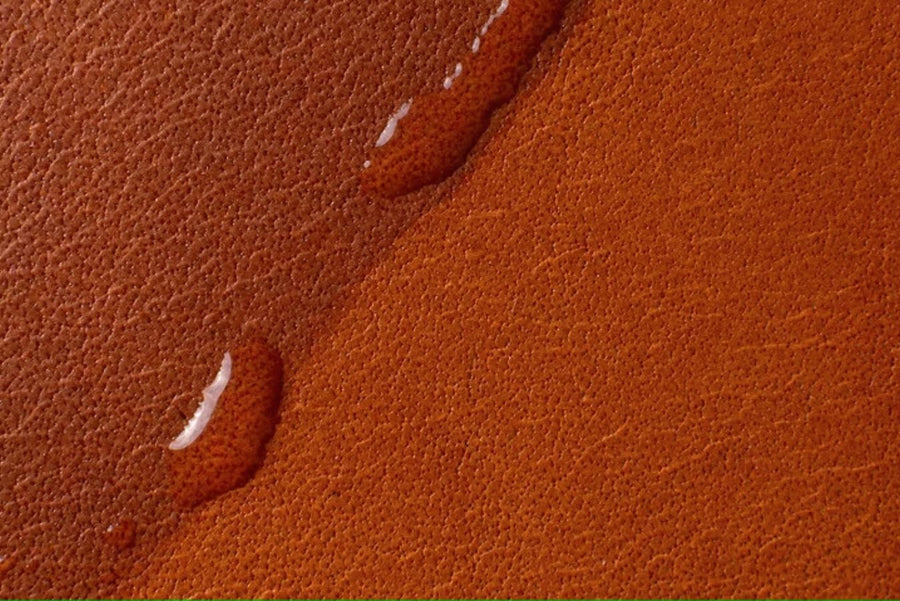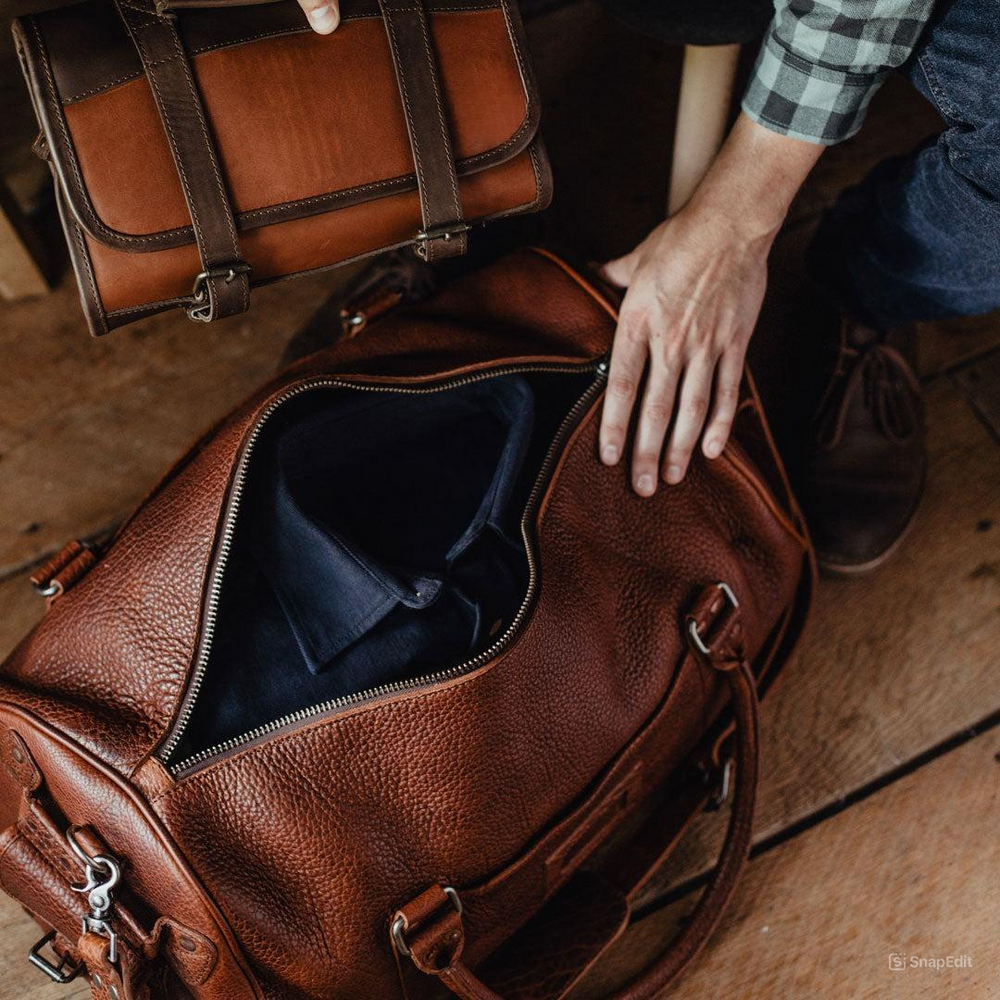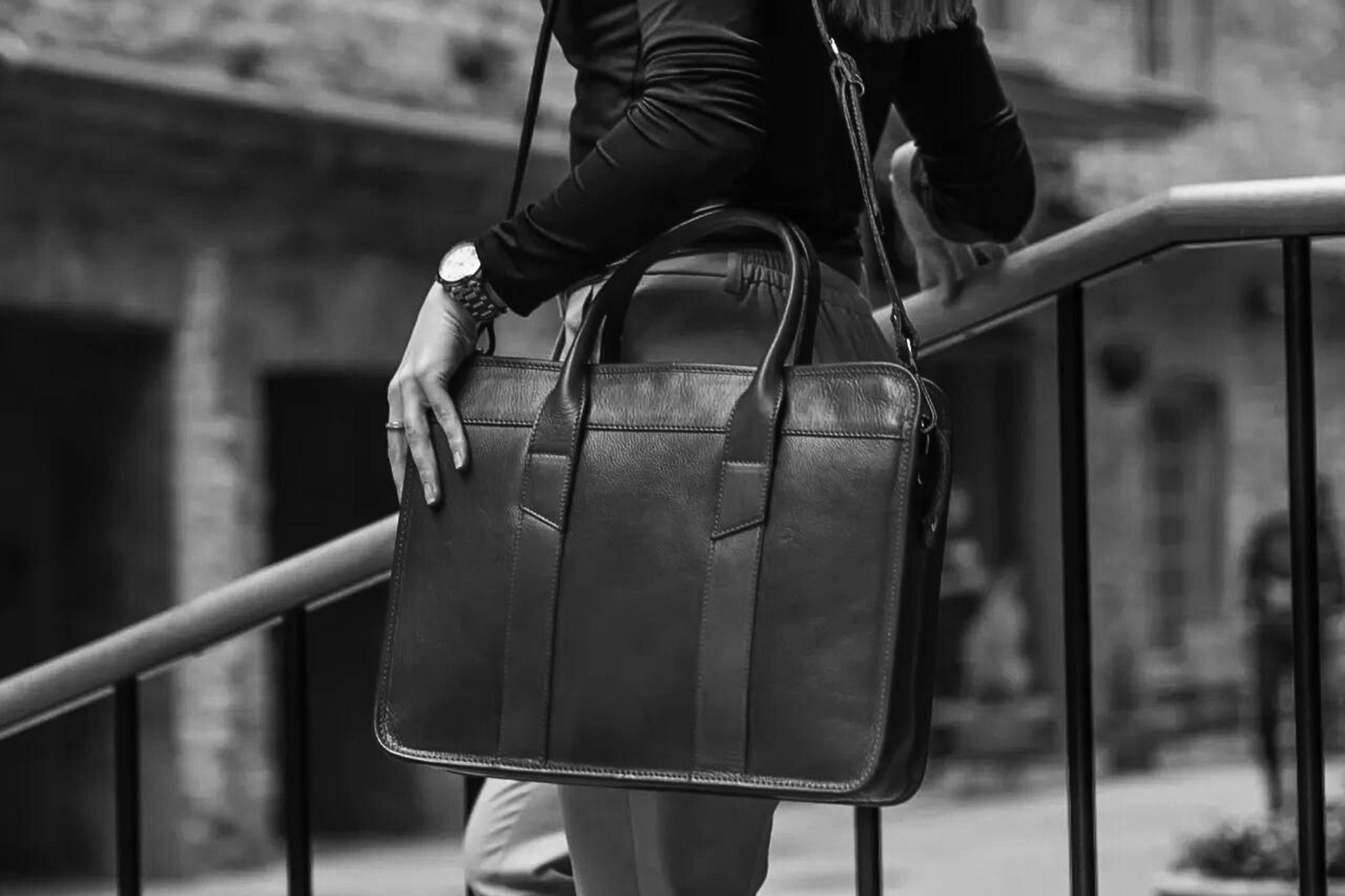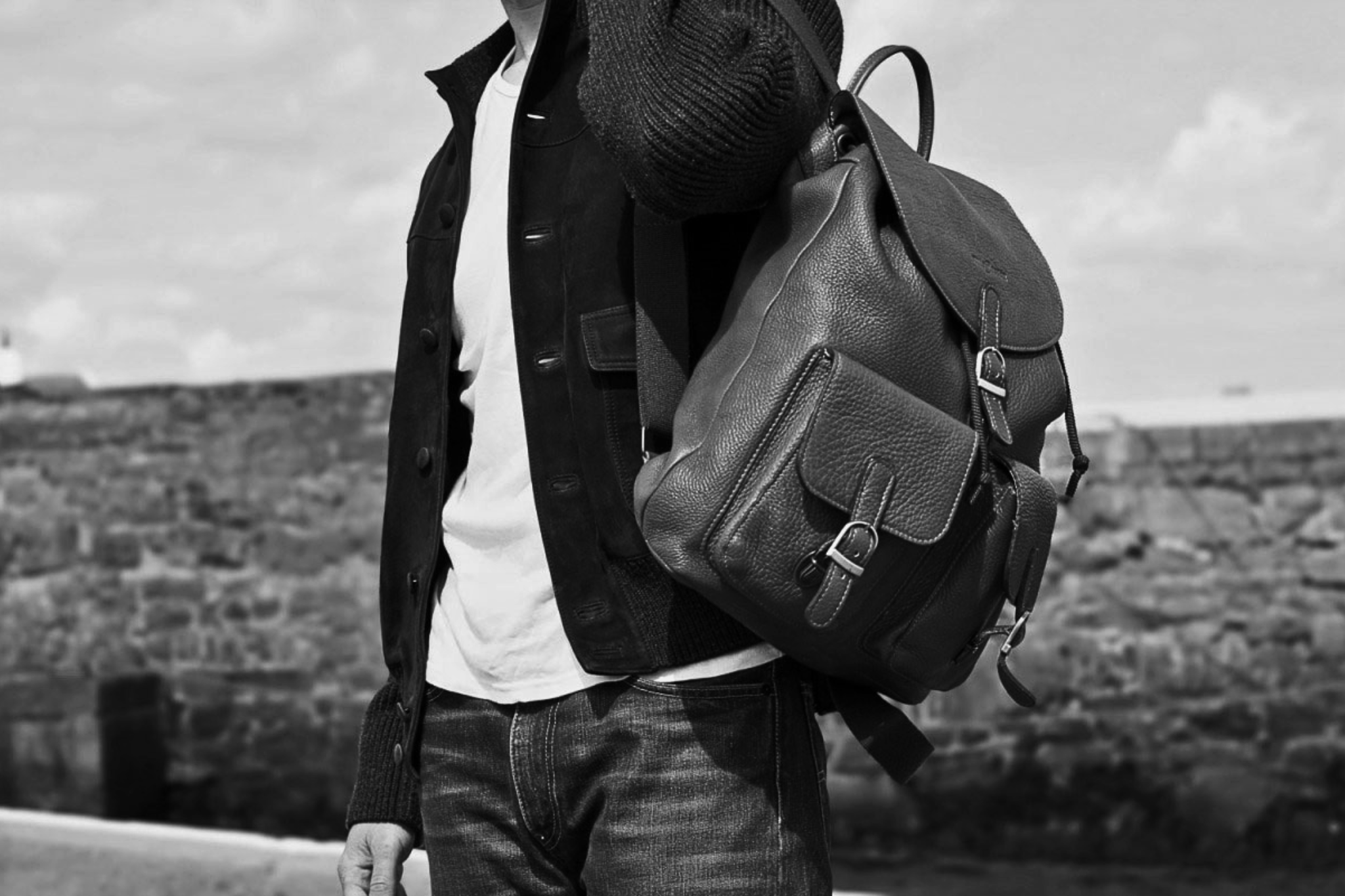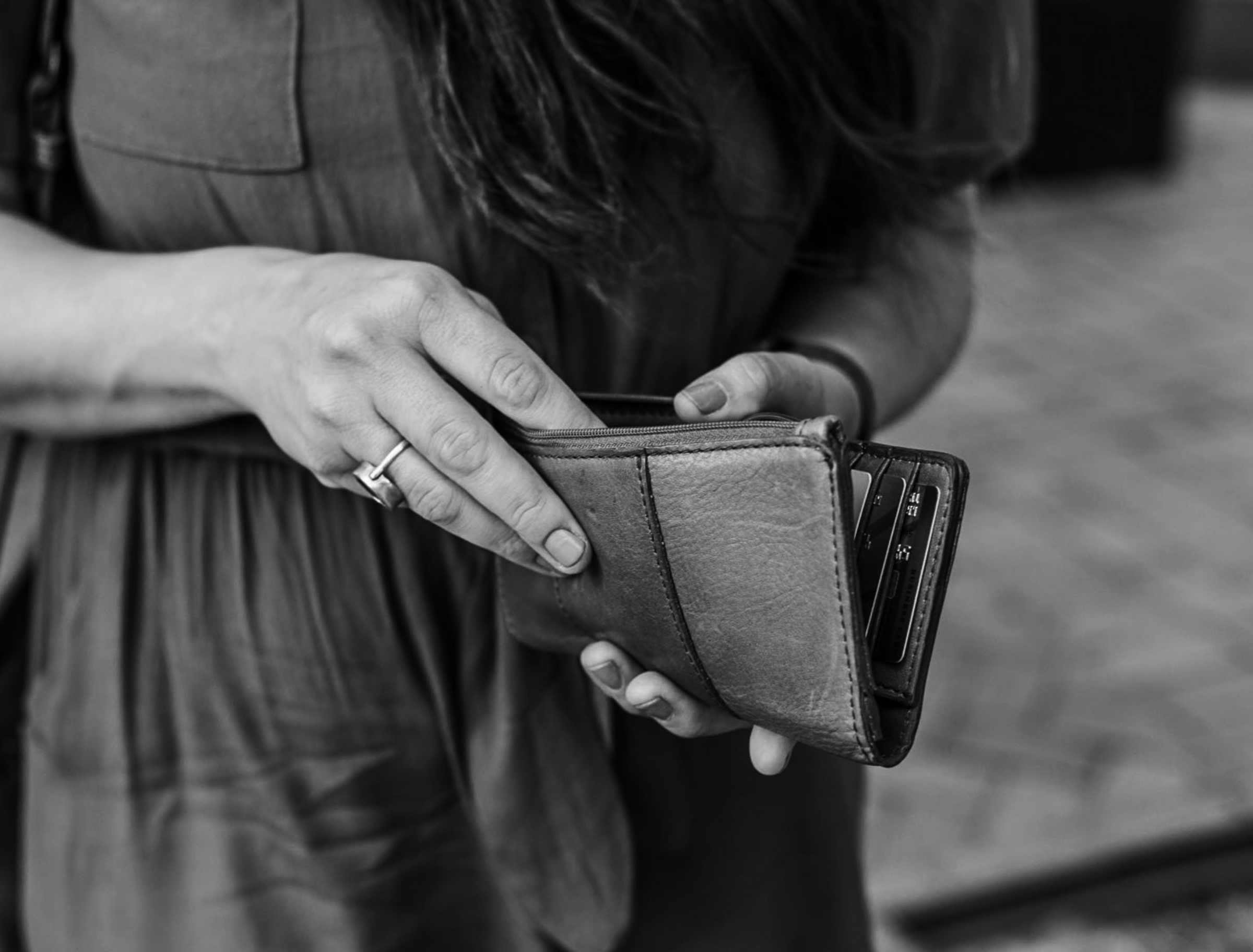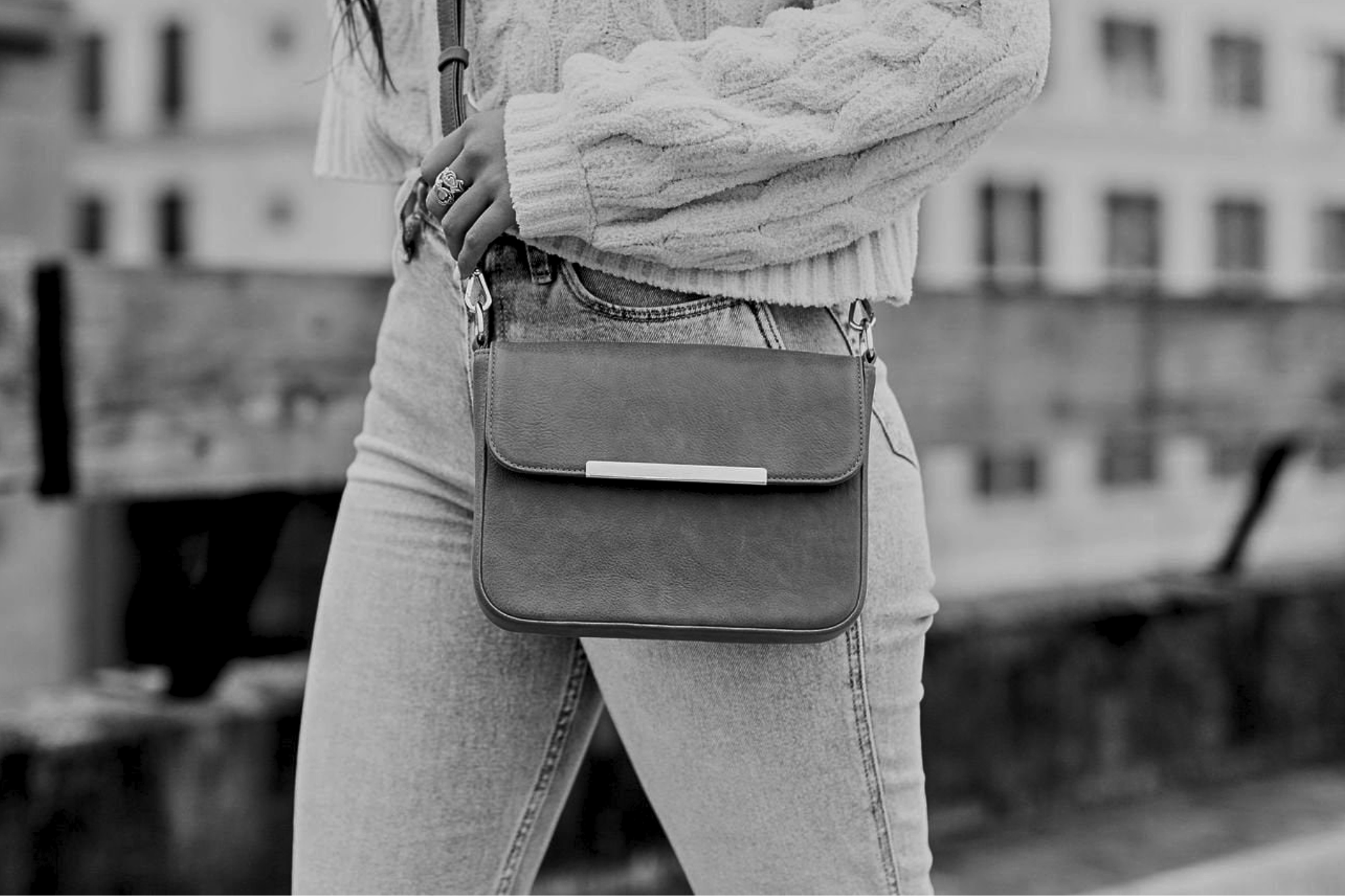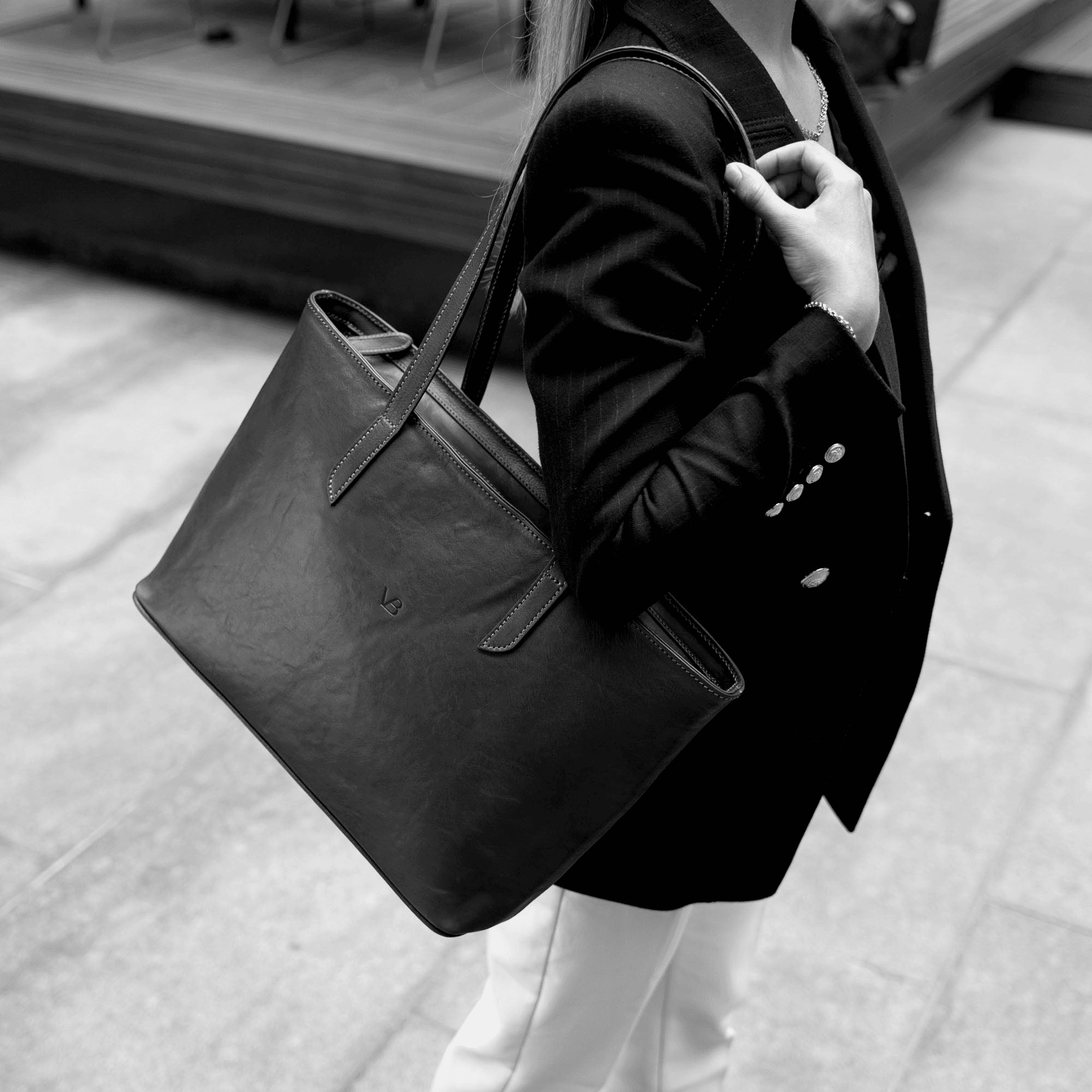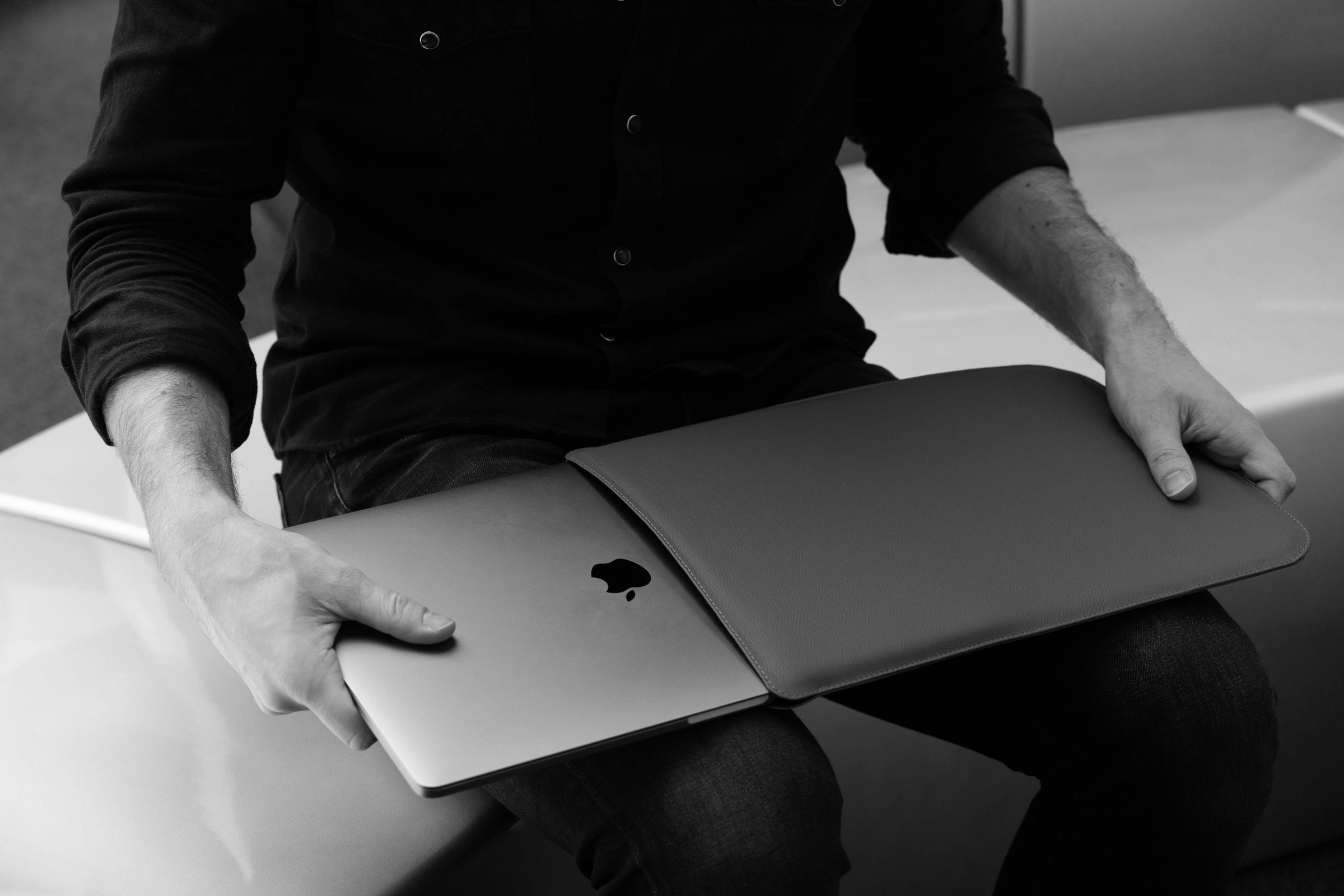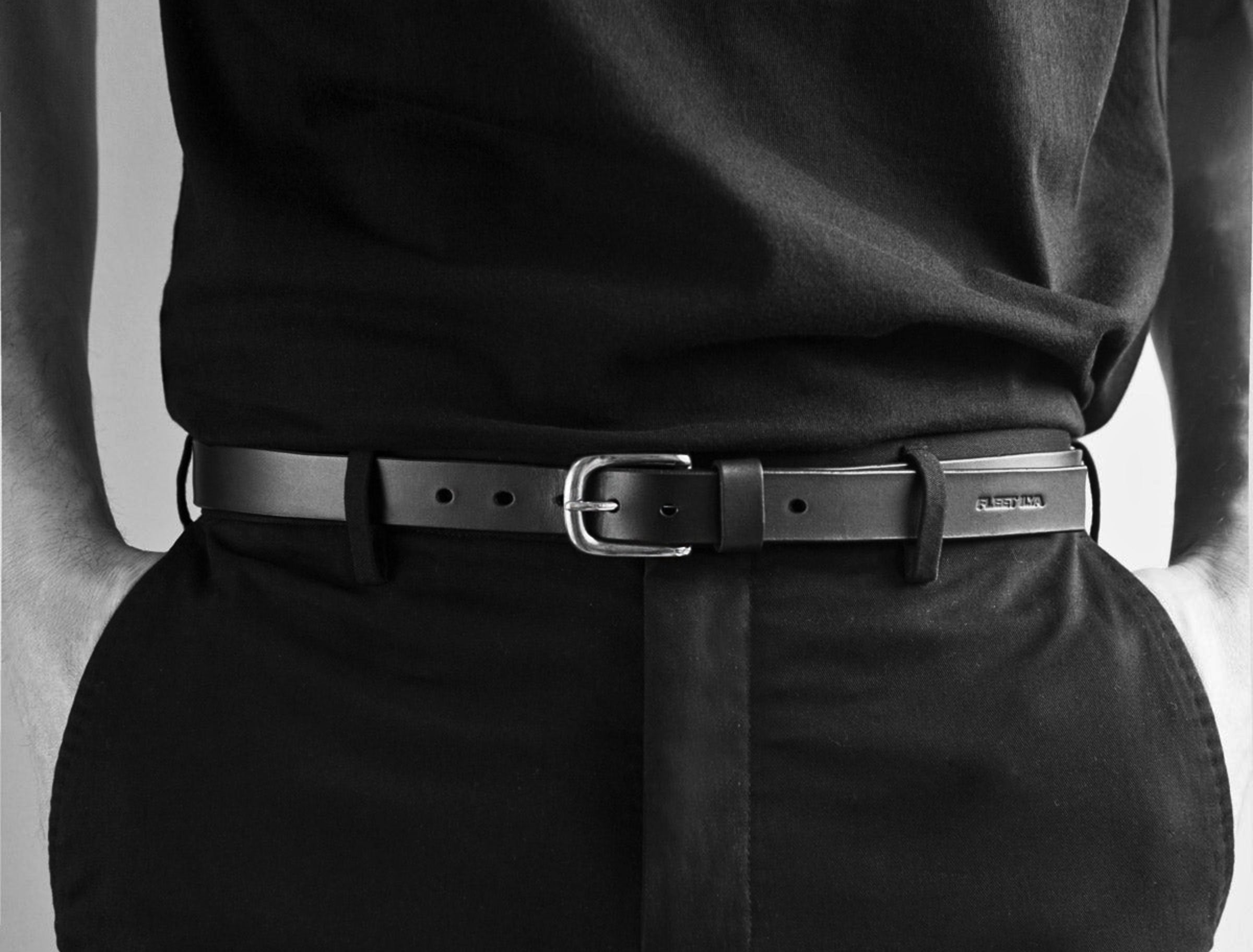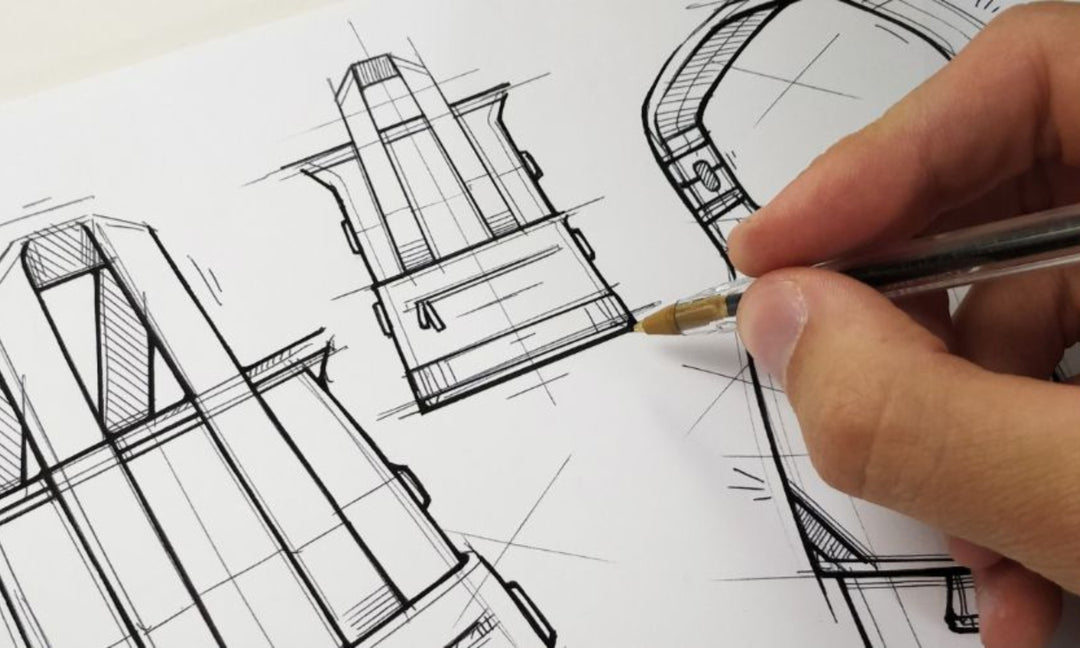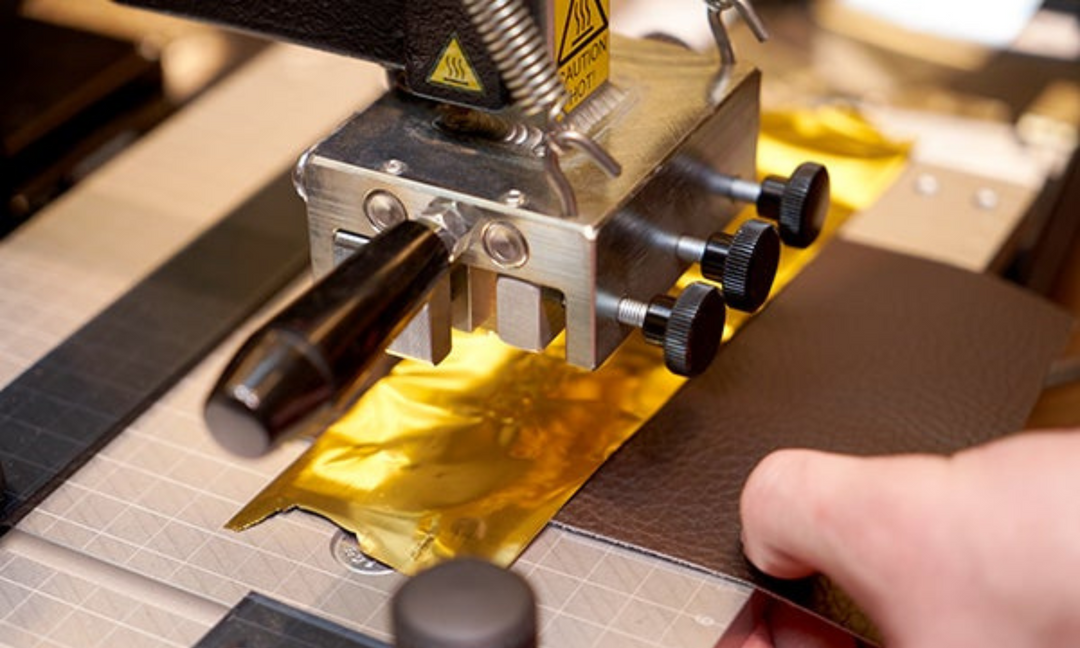The environmental impact of leather MacBook sleeves

The environmental impact of leather MacBook sleeves
Purpose of the article

Overview of the environmental impact of leather MacBook sleeves
Factors to consider when purchasing a leather MacBook sleeve
-
Size and compatibility: Make sure to choose a sleeve that is specifically designed for your MacBook model to ensure a proper fit.
-
Style and color: Leather MacBook sleeves come in a variety of styles and colors, so choose one that suits your personal preferences and matches your aesthetic.
-
Quality and durability: Look for a high-quality leather MacBook sleeve that is durable and will provide adequate protection for your laptop.
-
Environmental impact: Consider the environmental impact of the leather MacBook sleeve you are purchasing, including the tanning process used to produce the leather and the longevity of the product.
-
Brand reputation: Research the brand you are considering purchasing from to ensure that they prioritize sustainability, ethical sourcing practices, and quality.
The Leather industry and environmental impact
Overview of the leather industry
Environmental impact of the leather industry
Chemicals used in tanning
Waste and pollution generated by leather production
Environmental regulations and initiatives
The carbon footprint of leather MacBook sleeves
Carbon footprint of leather production
Transporting leather MacBook sleeves
Packaging materials used
Carbon offsetting options

Alternatives to leather MacBook sleeves
Synthetic leather MacBook sleeves
Biodegradable materials
Recycled materials
Vegan MacBook sleeves
Disposing of leather MacBook sleeves
The lifespan of a leather MacBook sleeve
Biodegradability and decomposition of leather
Proper disposal methods
-
Donate or sell - If the leather MacBook sleeve is still in good condition, consider donating or selling it to someone who can use it. This extends the life of the product and reduces waste.
-
Repurpose - Leather MacBook sleeves can be repurposed into other products, such as wallets, keychains, or bookmarks. This reduces waste and gives the leather a second life.
-
Compost - If the leather MacBook sleeve is made of natural, untreated leather, it can be composted. However, it's essential to remove any metal or plastic parts before composting.
-
Recycle - Leather is not typically recyclable in traditional recycling programs. However, some companies specialize in recycling leather and can turn it into other products, such as flooring or furniture.
-
Landfill - If none of the above disposal methods are possible, the leather MacBook sleeve can be thrown away in the trash. However, it's essential to check local regulations and dispose of it in the appropriate waste stream.
The ethics of leather MacBook sleeves
Animal welfare concerns
Labor and human rights concerns
Fair trade and sustainability
Sustainability efforts of leather MacBook sleeve brands
Sustainable sourcing of leather
Use of recycled and eco-friendly materials
Reduction of waste and carbon footprint
Partnership with environmental organizations
Pros and cons of leather MacBook sleeves
Pros of leather MacBook sleeves
- Durability and longevity: Leather is known for its durability and longevity, making it an excellent choice for those who want a MacBook sleeve that will stand the test of time. With proper care, a leather MacBook sleeve can last for many years, which can make it a worthwhile investment.
- Aesthetic appeal: There's no denying that leather MacBook sleeves look great. They are a classic and sophisticated accessory that can add a touch of elegance to any outfit. Leather also has a unique texture and color that can't be replicated by any other material, making each leather MacBook sleeve a one-of-a-kind item.
Cons of leather MacBook sleeves
- Environmental impact: Leather production has a significant environmental impact. The tanning process requires large amounts of water, and the chemicals used can be harmful to both the environment and those who work with them. Additionally, the carbon footprint associated with the production and transportation of leather can be significant.
- Price: Leather MacBook sleeves are often more expensive than their synthetic counterparts. While the durability and longevity of leather can make it a worthwhile investment, the higher cost can be a deterrent for some.

